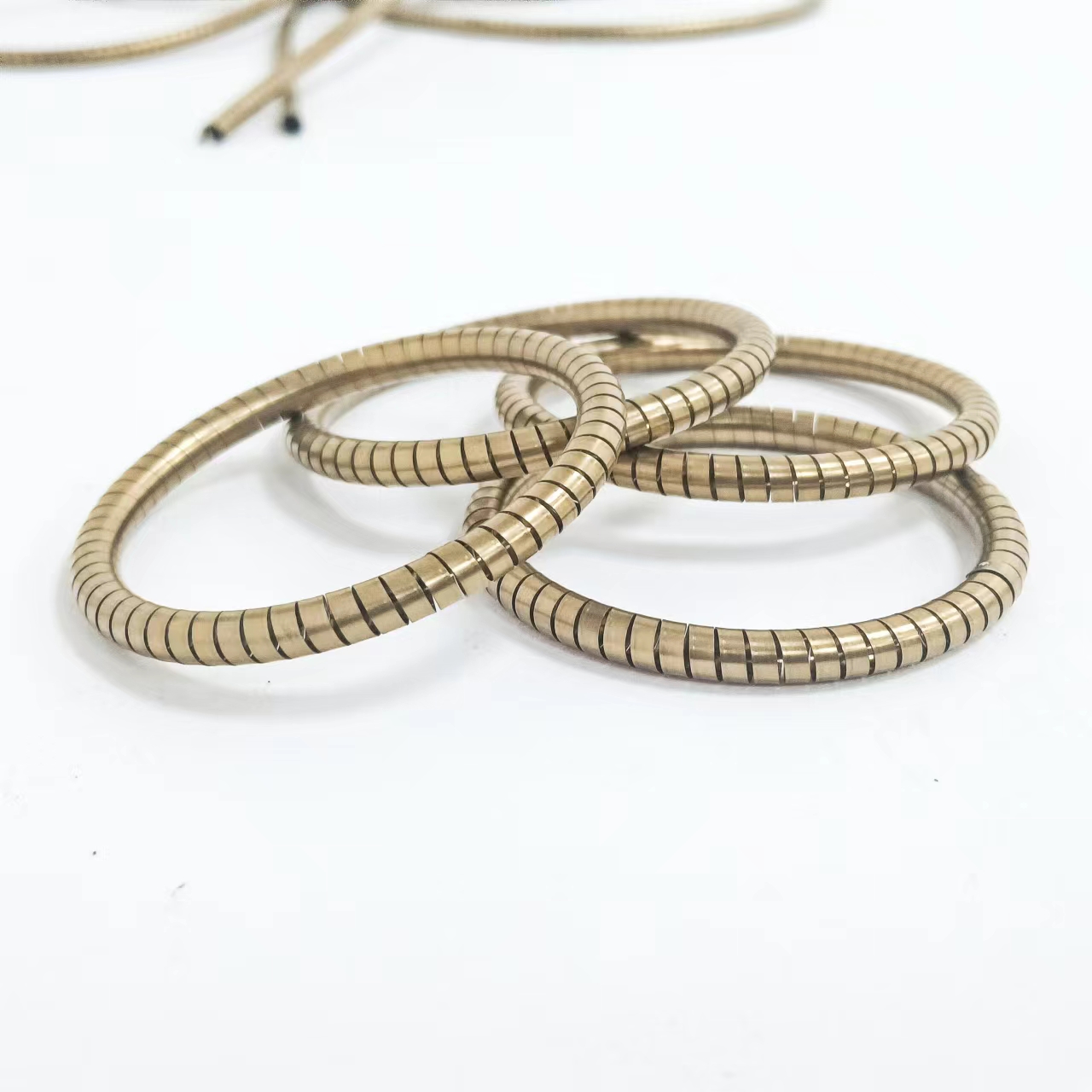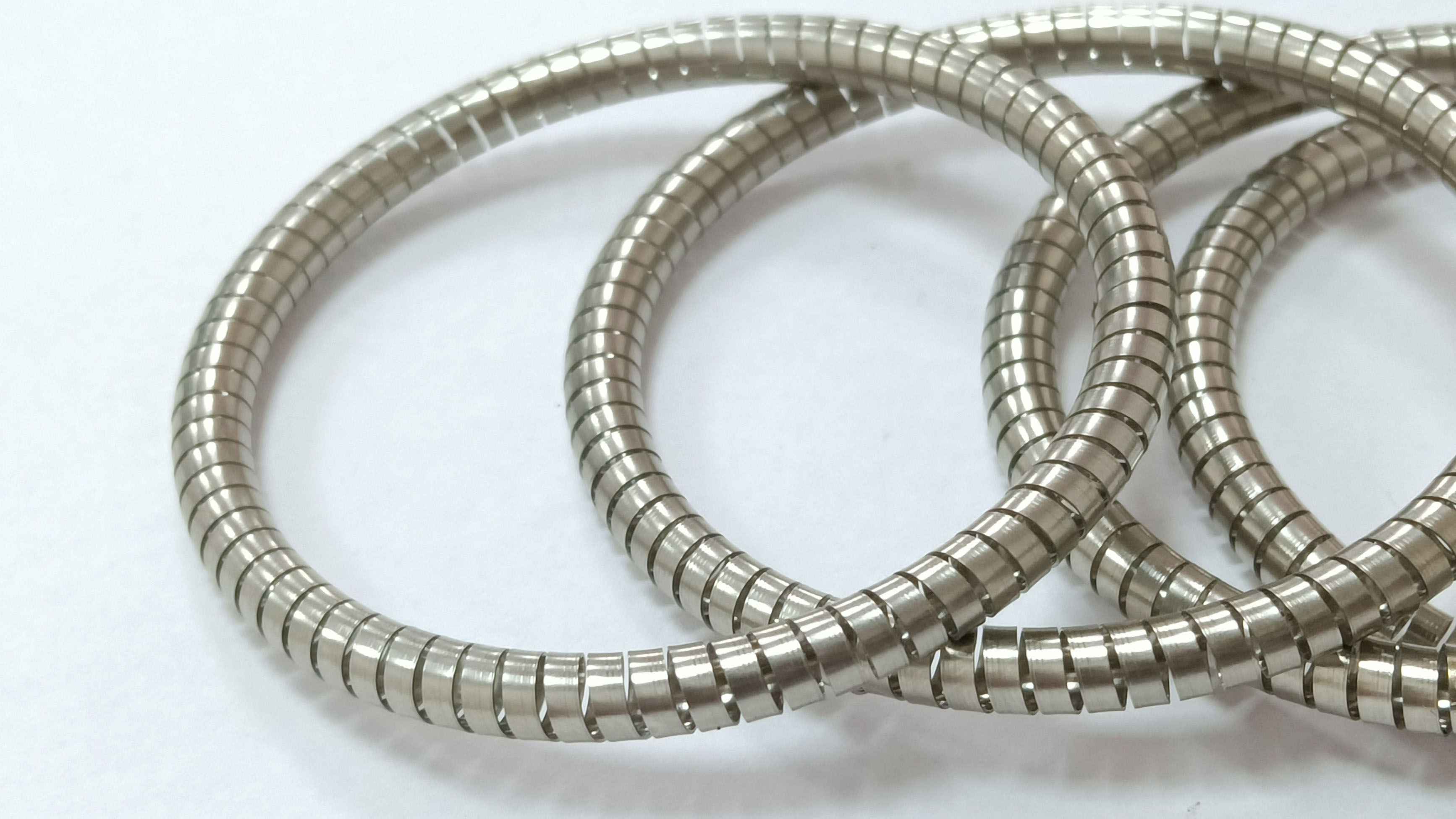Helical springs, often referred to simply as coil springs, are mechanical devices used to store and release energy. They are an essential component in many mechanical systems, providing resilience and absorbing shock and vibration.

1. Basic Structure: Helical springs are typically made of a wire wound into a coil shape. The wire can be round, square, or rectangular, depending on the specific requirements of the spring.
2. Types of Helical Springs: There are several types of helical springs, including compression springs, extension springs, and torsion springs.
Compression Springs: These springs are designed to absorb and store energy when they are compressed. They are commonly used in applications where two components need to be held together or cushioned.
Extension Springs: Extension springs are designed to stretch and store energy. They are often used in applications where they need to return a component to its original position after being extended.
Torsion Springs: Torsion springs are designed to twist or rotate around a central axis. They store and release energy when twisted and are often used in applications like garage doors and clothespins.
3. Applications: Helical springs have a wide range of applications across various industries. They are commonly found in:
Automotive: In suspension systems and engines.
Manufacturing: In machinery and equipment.
Aerospace: In aircraft landing gear and control systems.
Construction: In building and infrastructure projects.
Consumer Goods: In products like mattresses, toys, and pens.

4. Materials: Helical springs can be made from various materials, including steel, stainless steel, and non-ferrous alloys. The choice of material depends on factors like corrosion resistance and load-bearing capacity.
5. Design Factors: When designing helical springs, engineers consider factors such as wire diameter, coil diameter, pitch (distance between coils), and the number of active coils. These factors determine the spring’s load-carrying capacity and deflection characteristics.
6. Stress and Strain: They undergo stress and strain when loaded. Stress is the force applied to the spring, while strain is the resulting deformation. Understanding stress and strain is crucial for designing springs that meet specific performance requirements.
7. Spring Rate: The spring rate, also known as stiffness or constant, is a measure of how much force is required to compress or extend a spring by a specific distance. It is an essential parameter in spring design.
8. Manufacturing: Helical springs are manufactured through a process that involves coiling, heat treatment, and sometimes surface finishing to improve their durability and performance.
Helical springs are vital components in many mechanical systems, providing support, shock absorption, and energy storage. Their versatility and adaptability make them integral to countless industrial and consumer applications.